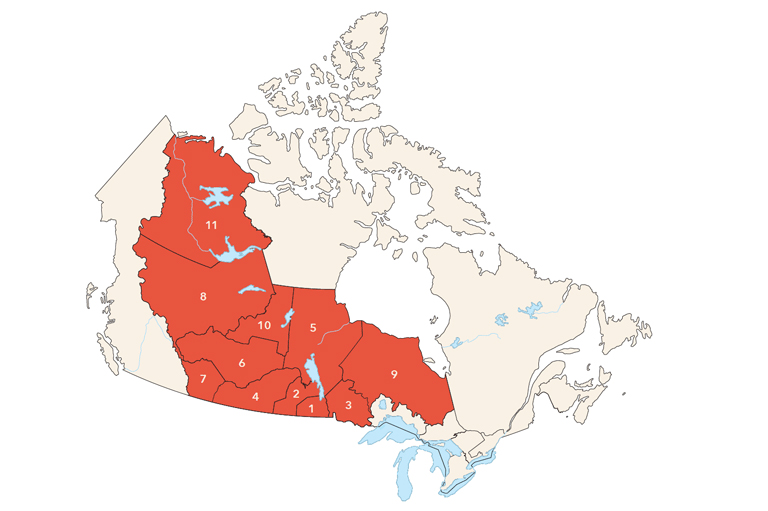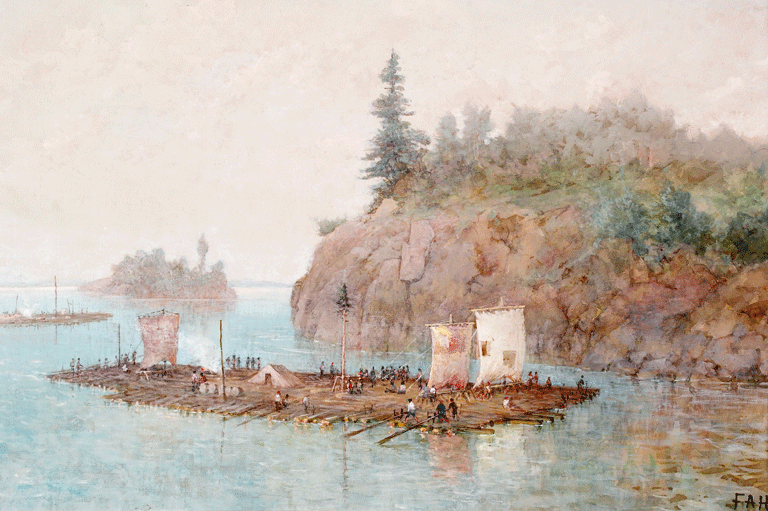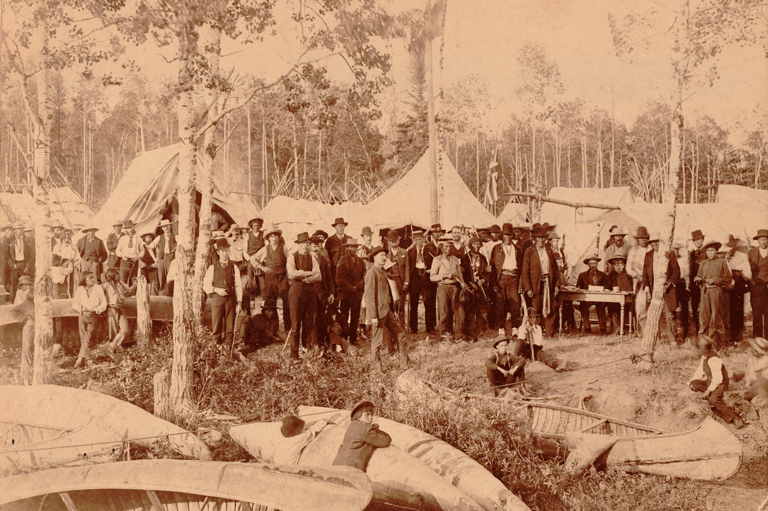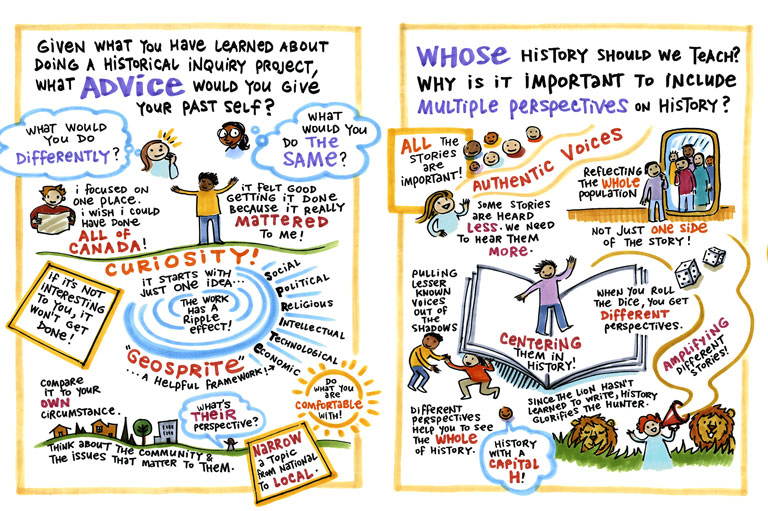Treaties: Partnerships and Relationships
Grade Levels: 7/8, 9/10, 11/12
Subject Area: Social Studies, History, Geography
This lesson is based on the Treaties and the Treaty Relationship issue of Canada’s History magazine.
Lesson Overview
In this lesson students explore the enduring and cross-country nature of the Treaty relationship in Canada making note of challenges and opportunities.
Time Required
One to two class periods
Historical Thinking Concept(s)
- Establish historical significance
- Identify continuity and change
- Analyze cause and consequence
Learning Outcomes
Students will:
- Appreciate Treaties as a historical and contemporary relationship.
- Recognize the evolving nature of the Treaty relationship.
- Explore the Treaty relationship as a national experience.
- Identify examples of continuity and change as they apply to the Treaty relationship.
The Lesson Activity
Activating: How will students be prepared for learning?
- Distribute copies of the Treaties and the Treaty Relationship issue of Canada’s History magazine. If you do not have enough for each student, arrange groups so that each student may have shared access to the magazine.
- Pose several guided questions: What is the magazine focussed on? Who are the writers? What are the article topics? Why is the theme (Treaties) relevant in contemporary Canadian society?
- Hand out copies of the Fill in the Blanks [BLM #5.1] strips to each student. Instruct them to turn to the page indicated and fill in the blank word by reading the magazine text.
- Inform the students that this is a silent exercise. No talking; no group work. Share the magazines as required. Once the blank word is found, turn their strip face-down on their desk.
- Wait for all students to complete the exercise. Guide and assist as necessary.
Acquiring: What strategies facilitate learning for groups and individuals?
- Ask individual students to share the word in their blank space.
- The class will come to realize that all the Fill in the Blanks strips have the same word: relationships.
- Write the word relationships at the top of the whiteboard.
- Invite several students to read aloud their strip. Write down several key words on the board.
- Engage students in a class discussion about the evolving nature of the Treaty relationship.
Applying: How will students demonstrate their understanding?
- Hand out a copy of the BLM #5.2: The Treaty Relationship: Continuity and Change to each student.
- Read over; explain continuity and change.
- Instruct students to complete the assignment.
Materials/Resources
- Copy/copies of the Treaties and the Treaty Relationship issue of Canada’s History magazine.
- Printed copy of BLM #5.1 cut into strips, one strip per student. There are 19 strips, duplicate if necessary.
- BLM #5.2 – one per student
Extension Activity
Instruct students to explore and compare a historic Treaty in Canada to a modern Treaty while making note of similarities and differences.
Lesson Plans
Themes associated with this article
Advertisement
Adaptations for grades 3-6

Encouraging a deeper knowledge of history and Indigenous Peoples in Canada.
The Government of Canada creates opportunities to explore and share Canadian history.

The Winnipeg Foundation — supporting our shared truth and reconciliation journey.

We contribute to the well-being of the communities we serve through grants, scholarships, sponsorships, fundraising, volunteering and collaborative relationships with community partners.














